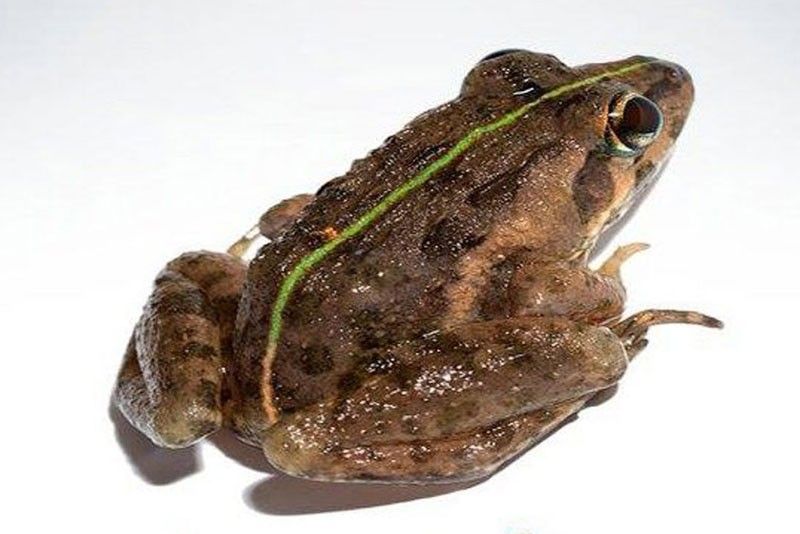Local frog a ‘hero’ for farmers – study

MANILA, Philippines — Not all frogs are created equal – at least in terms of managing pests in farms.
A recent study conducted at the International Rice Research Institute (IRRI) in Los Baños, Laguna found that a local species of frog, the endemic Luzon Fejevarya vittigera or wart frog, was more effective in consuming rice pests than a non-native species introduced in the Philippines in the 1930s.
The study also found initial evidence that the non-native species, the toxic cane toad, may have a negative impact on rice crops as it eats more beneficial insects than pests.
The research, led by Molly Goodier from Northern Arizona University, was recently published in the Agriculture, Ecosystems & Environment journal.
The study investigated the functional roles of frogs in the rice ecosystem by looking into the diet of the two most abundant species of frogs in the rice fields of IRRI.
The field surveys were conducted during the rainy seasons of 2015 and 2017.
The surveys found that despite smaller body sizes, the Luzon wart frog consumed the same total mass of prey as the cane toad and that pests made up the largest proportion of its total diet.
Pests that Luzon wart frogs eat include leafhoppers, black bugs, rice leaf-folders, grasshoppers, golden apple snails and brown plant-hoppers.
In contrast, the majority of the cane toad’s diet consisted of beneficial arthropods, such as fire ants that consume brown plant hopper nymphs and the eggs of golden apple snails.
“Although cane toads also consumed some herbivore species that are known rice pests, our data suggest that cane toads could significantly reduce the abundance of natural predators in rice fields,” read the paper.
“Our results suggest that (wart frog adults in Luzon) are more effective consumers of pests than cane toads and may provide an important ecosystem service in lowland rice agro-ecosystems. Furthermore, the diet of the cane toad suggests that they could be indirect pests to rice production due to their disproportionate consumption of beneficial predators,” it added.
The researchers suggested that rice agro-ecosystems in the Philippines should be managed to promote native species such as the Luzon wart frog and to reduce populations of the cane toad in order to safeguard native biodiversity, while simultaneously improving yields and reducing insecticide input.
According to IRRI, the cane toad is a non-native species that was introduced in the Philippines in the 1930s to control pests in sugarcane. It is not for human consumption as it is toxic and can cause nausea and paralysis.
Meanwhile, aside from its positive impact on rice fields, the Luzon wart frog is also harvested for human consumption and provides income to farmers.
The new study was co-authored by Mildred Diaz and Catherine Propper of the Northern Arizona University; Maria Liberty Almazan and Buyung Hadi of IRRI; and Grant Singleton of IRRI and the University of Greenwich in the UK.
The study was funded by the Swiss Agency for Development and Cooperation through the Closing the Rice Gaps in Asia project.
- Latest
- Trending
































